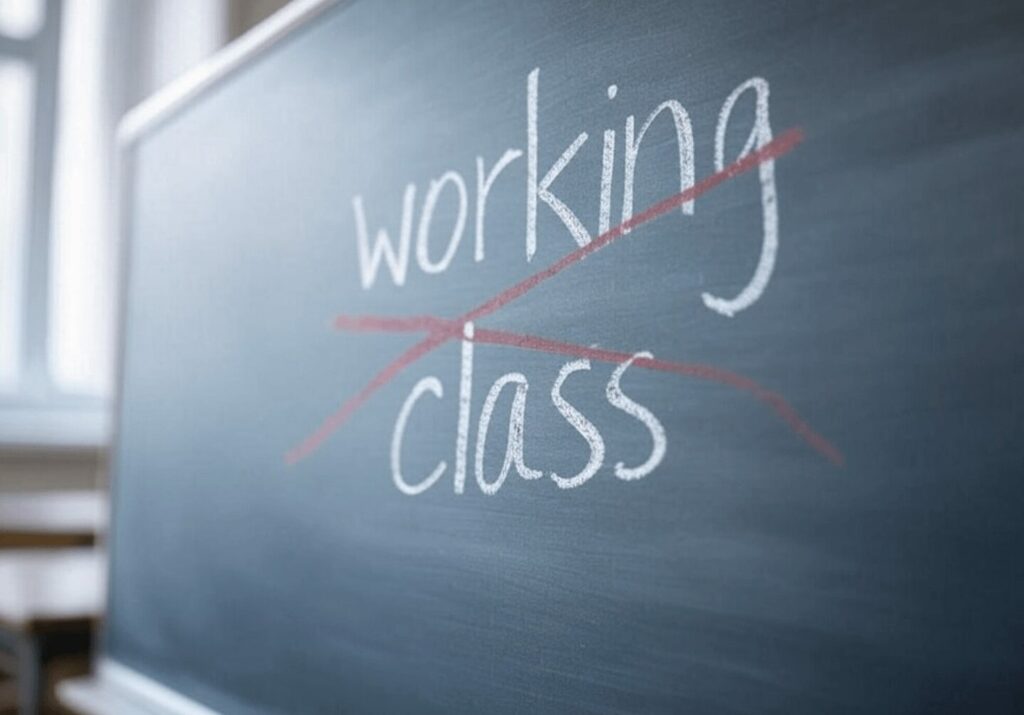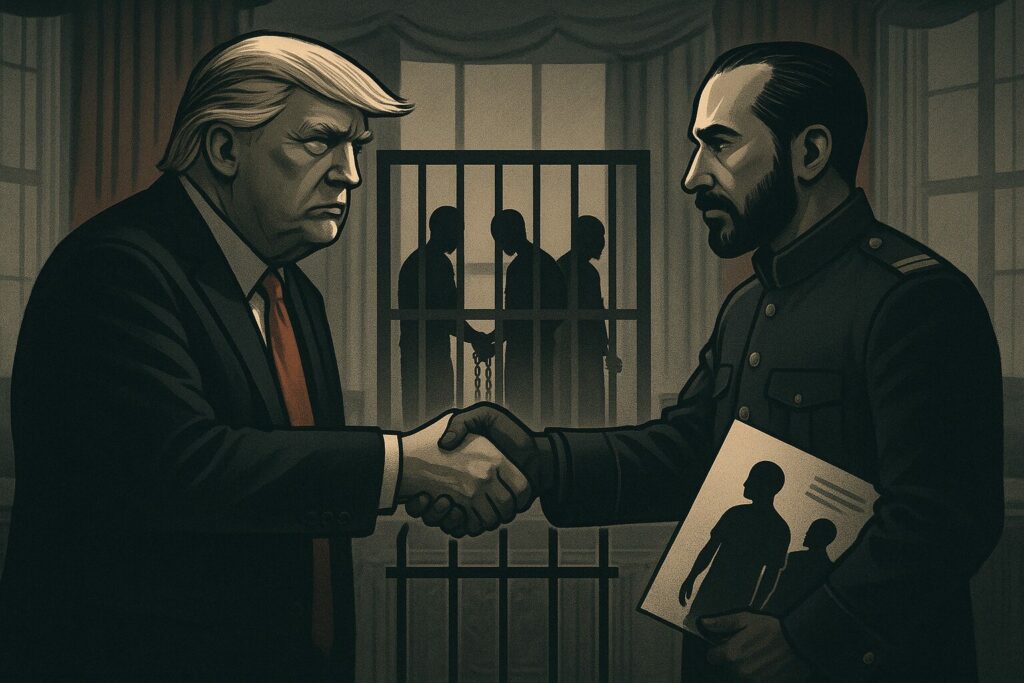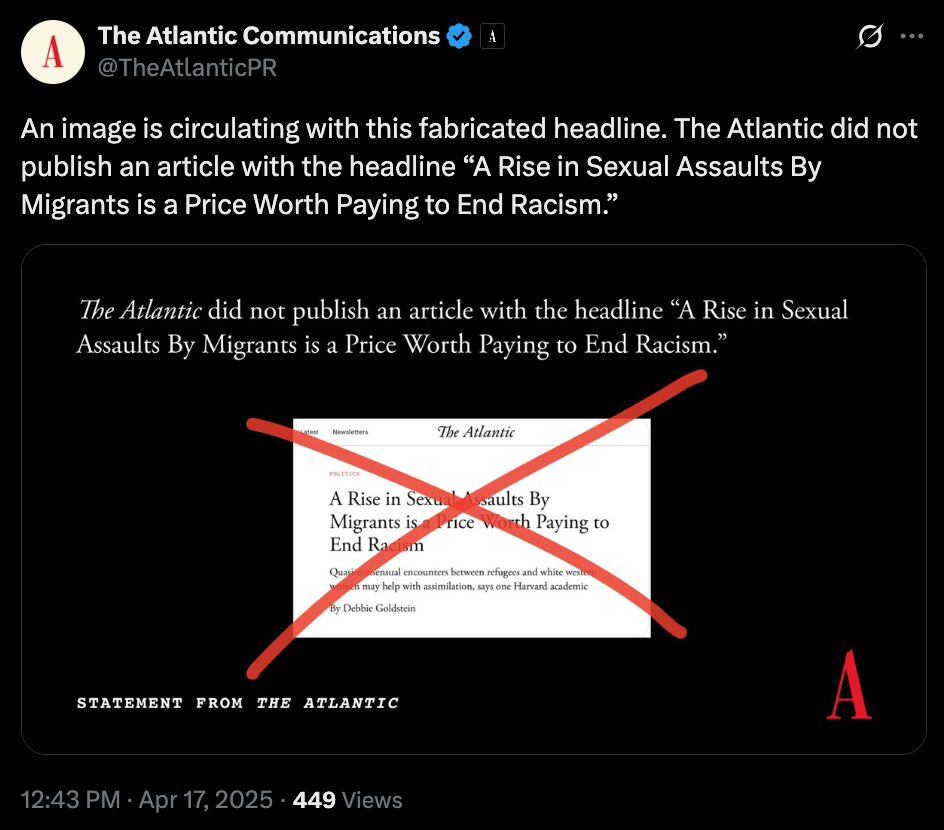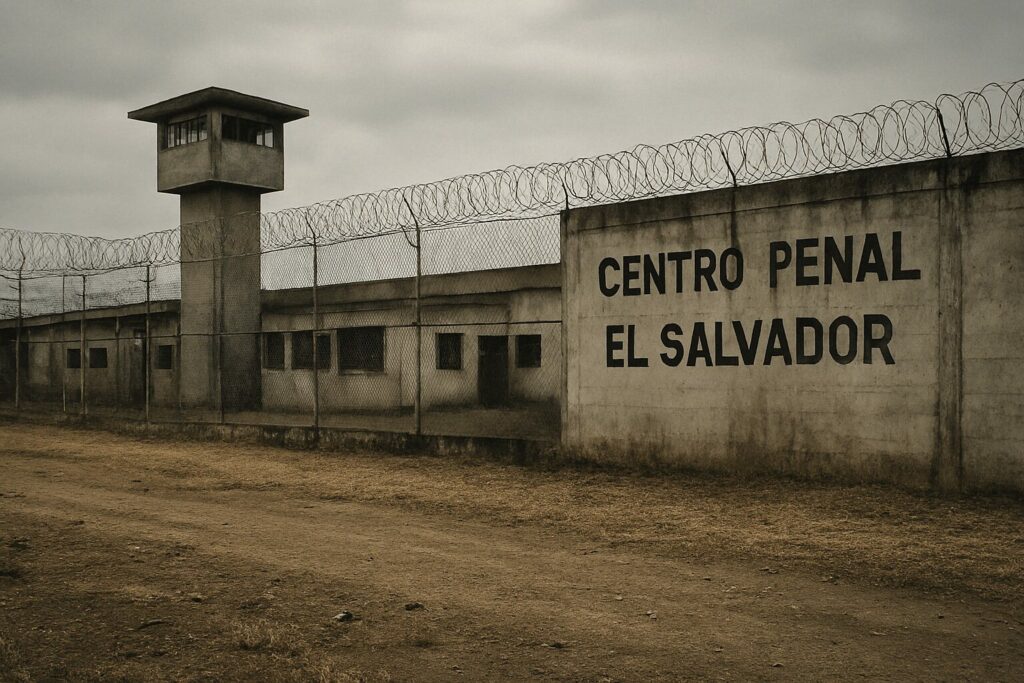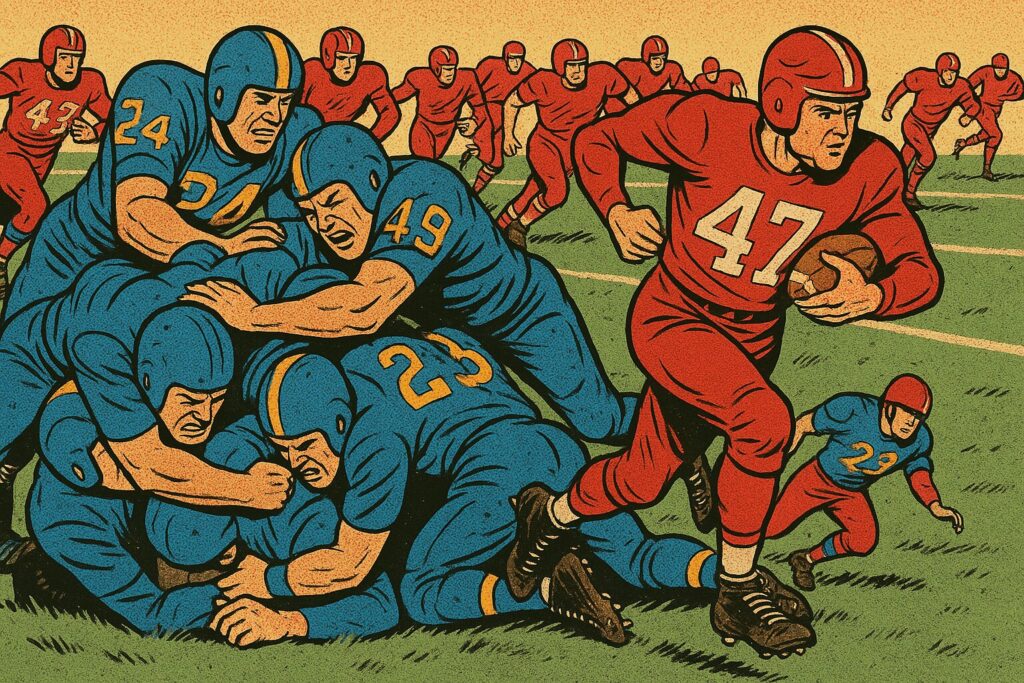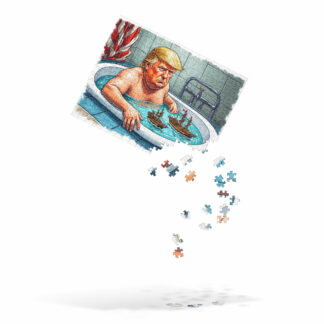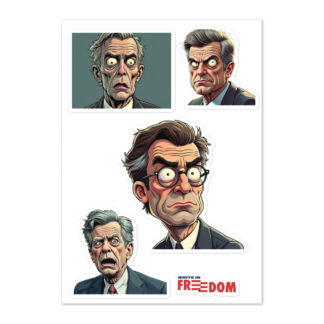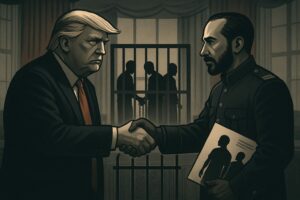Redefining “Working Class” In Modern America
Malachy Postlethwayt, a British economist and dictionary writer, coined the term “the working class” in the mid-1700s. It once evoked images of laborers whose physical toil powered industries and built nations. It represented the backbone of economic and social progress, the people who turned raw materials into the goods and infrastructure that defined modernity. Karl Marx transformed this into the term “proletariat,” but essentially did not change the fundamental definition throughout the 1800’s.
Too many people, especially in the Democratic Party, repeat this phrase without reconsidering its meaning. In American politics, the phrase once had a clear and powerful definition. It referred to the honest, hard-working majority deserving recognition, fair wages, and opportunities for a better life.
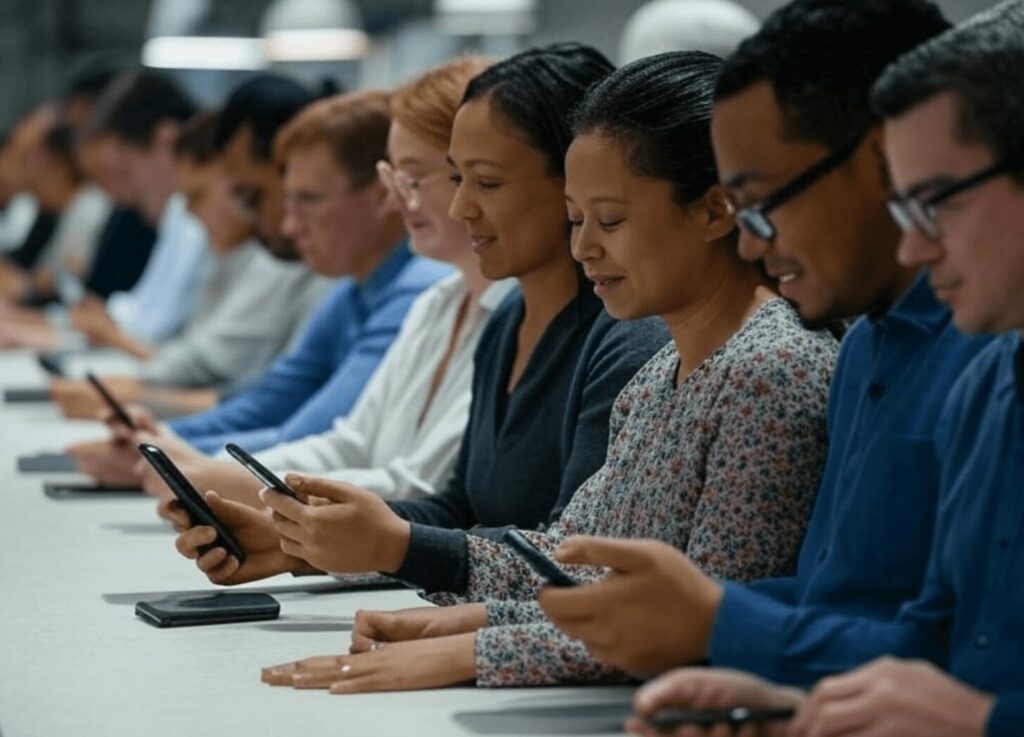
Yet, in today’s economy, the definition of “working class” has become increasingly ambiguous. Economic shifts, technological transformations, and changing demographics have fragmented this once-clear identity. Stretching and reshaping the term diminishes its utility as a political signal, making it harder to effectively address economic inequality and social division among Americans.
Evolving Corporate Structures Changed The Game
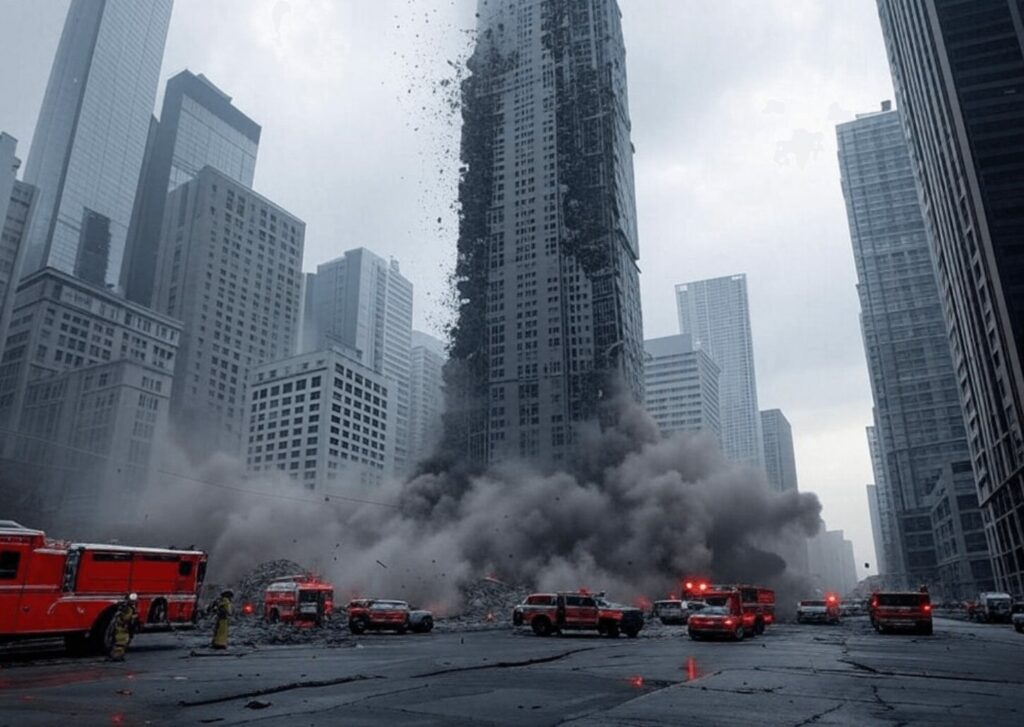
The modern economy is complex. Traditional industries like manufacturing and agriculture, often seen as working-class strongholds, no longer fit the classic image. These sectors also employ managers, supervisors, and white-collar professionals who earn higher salaries, enjoy better benefits, and have more job security. This diversification complicates the traditional notion of the working class as solely manual laborers.
A barista at Starbucks is considered “working class” by the Democratic party. So is a union plumber. The average salary of a barista in America is about $29,250/year while the average salary of a union plumber is ~$63,125. Opportunities for advancement exist in the union trades to where many experienced tradespeople make hundreds of thousands of dollars per year. Those cannot possibly be considered the same work.
The rise of corporate conglomerates and institutional investors creates another layer of abstraction. BlackRock and Vanguard actively own significant stakes in hundreds of corporations, wielding immense influence over global economic policies without engaging directly in production. Yet, they hold tremendous power, illustrating how wealth and decision-making have shifted from the factory floor to the boardroom. These individuals likely consider the work they do as “work,” though they would not see themselves as part of the working class. At what point does a person’s job stop being considered work? Is it defined purely by the money they possess, what they earn, or the control they hold over negotiating the conditions of their life?
Technological Advancements and the Gig Economy
Technology has transformed work. The digital age allows people to gain skills without formal education, fueling the rise of the gig economy and remote work. This challenges traditional job structures and blurs the line between work and leisure. For example, Uber drivers and freelance designers face similar job insecurity but may not see themselves in the same economic class. Some can earn more for similar work, while others cannot. Does earning potential define the working class?

A freelance software engineer or web developer can earn well by offering extra services like digital advertising. However, losing clients could leave them earning less than a barista. Business owners often don’t qualify for unemployment benefits, making their situation even more precarious than low-income manual laborers traditionally seen as the working class. These are further complications to keep using the phrase “working class” as if economic & class realities are the same in 2025 as they were in the 1700’s.
Automation and AI have reshaped many industries. “Deskilling,” where skilled labor is replaced by technology run by less skilled workers, is a key example. Automation affects both blue-collar and white-collar jobs, leaving the workforce more fragmented and insecure. This trend raises important questions about the future of work and the meaning of the working class.
Political Implications of a Fragmented Identity

The term “working class” has lost clear meaning and is often used as a virtue signal by self-proclaimed intellectuals. In the mid-20th century, politicians could appeal to a unified working class with promises of job security, better wages, and stronger unions. Today, the fragmented workforce makes such broad appeals ineffective. Those using the term – political operatives, news anchors, and media strategists – are often far removed from manual labor themselves.
Policies to address economic inequality must account for the modern workforce’s diversity. A freelance graphic designer in Los Angeles has different needs than a retail worker in rural Arkansas. Understanding these varied realities is key to creating strategies that reduce inequality and support all workers, not just those tied to outdated ideas of the working class.
The Future of Class In America
The term “working class” no longer refers to a uniform group of manual laborers. Changes in corporations, technology, and demographics have created a diverse and fragmented workforce. While the term remains emotionally and politically significant, its vagueness weakens its usefulness in tackling modern economic inequality. Politicians, activists, and policymakers need to adopt new language or create fresh terms.

